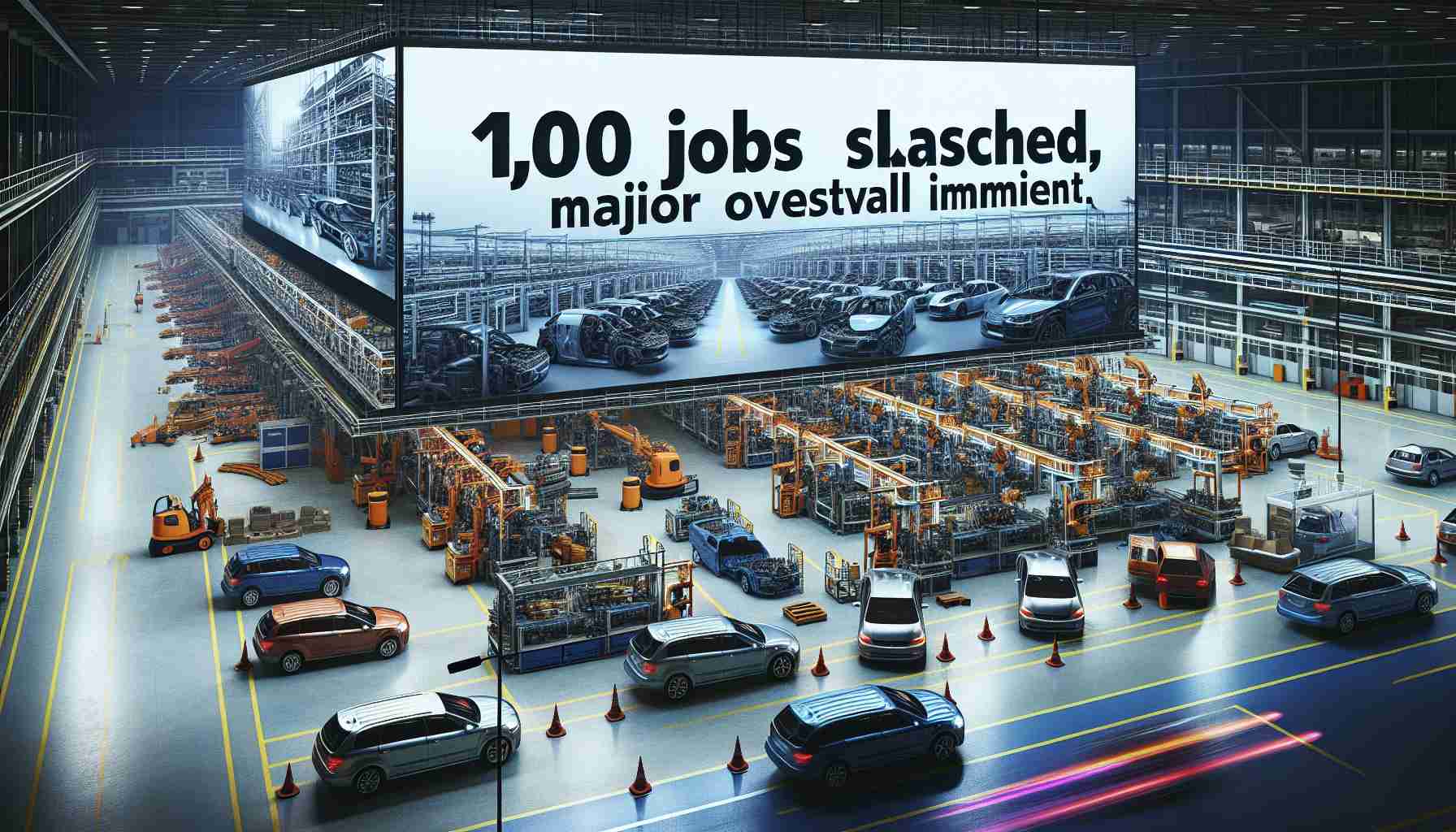- GM has eliminated 1,000 jobs at its Cruise division, nearly halving its workforce.
- The company has decided to stop funding its robotaxi project, reflecting a shift in its autonomous driving strategy.
- GM aims to focus on developing advanced driver assistance systems instead of fully autonomous vehicles for now.
- GM has acquired full ownership of Cruise, raising its stake to over 97%.
- The integration of Cruise technology with GM’s Super Cruise system will enhance driving assistance across multiple vehicle models.
- Expected savings of over $1 billion annually demonstrate GM’s commitment to streamlining operations.
- This restructuring positions GM to lead in the development of smarter, safer vehicles in the future.
In a dramatic reshaping of its autonomous driving strategy, General Motors has announced the elimination of 1,000 jobs at its Cruise division, nearly half of its workforce. This sweeping reduction follows GM’s recent decision to cease funding its ambitious robotaxi project, a move reflecting a changing landscape in the rapidly evolving self-driving market.
With several key figures leaving, including CEO Marc Whitten and the Chief Safety Officer, the restructuring signals a major shift in priorities. GM is not just cutting costs but refocusing its vision to emphasize advanced driver assistance systems—a pathway aimed at developing fully autonomous vehicles.
In a significant consolidation effort, GM has recently acquired full ownership of Cruise, raising its stake to over 97%. This commitment to merging Cruise’s cutting-edge technology with GM’s own Super Cruise system indicates a strategic pivot towards enhancing driving assistance features across over 20 GM vehicle models. The goal? To create a seamless transition from assisted driving to full autonomy.
With these changes, GM is expected to save more than $1 billion annually, suggesting that the company is serious about tightening its operations amid stiff competition in the robotaxi sector. Dave Richardson, a key GM executive, emphasizes that merging Cruise’s expertise with the wider GM team is pivotal for innovation in both assisted and autonomous driving technologies.
The takeaway? GM’s bold moves are setting the stage for a future where they can lead the charge in developing smarter, safer vehicles. Buckle up—this transformation could reshape the way we think about driving!
GM’s Shift: Autonomous Driving Strategy Revamped Amid Job Cuts
General Motors (GM) has made headline news with a dramatic overhaul of its self-driving strategy, primarily through significant layoffs within its Cruise division. This strategic change reflects a broader transition in the automotive industry, where companies are reassessing their approaches to autonomous vehicle technology.
Key Developments
1. Job Reductions: GM’s workforce at Cruise has been slashed by nearly half, affecting around 1,000 jobs. This decision comes as GM halts funding for its robotaxi initiatives, indicating a pivot from ambitious autonomous taxi services to enhancing driver assistance systems.
2. Leadership Changes: High-profile exits, including CEO Marc Whitten and the Chief Safety Officer, underscore the urgency and magnitude of this restructuring. A new leadership direction is anticipated, focused on streamlining operations and technology integration.
3. Acquisition of Cruise: GM has consolidated its ownership over Cruise to over 97%, integrating its robotic expertise with GM’s existing technology platforms, such as Super Cruise. This merger is intended to enhance driver assistance across more than 20 GM models.
4. Financial Impacts: By revamping its structure and reducing workforce size, GM expects annual savings of over $1 billion. This financial strategy aims to maintain competitiveness in a challenging market landscape dominated by startups and other automotive giants in the self-driving sector.
5. Future Plans: GM is now prioritizing the development of advanced driver assistance systems as a stepping stone towards achieving full autonomy. This change positions GM to leverage its resources more effectively while responding to market dynamics and technological advancements.
Most Important Related Questions
1. What is the future of autonomous vehicles at GM?
– GM’s future in autonomous vehicles lies in emphasizing advanced driver assistance systems as a bridge to full autonomy. This strategy allows GM to innovate while managing the inherent risks of fully autonomous solutions.
2. How might these changes affect GM’s market position against competitors?
– By focusing on driver assistance technology and optimizing operations, GM aims to stay relevant and competitive amidst rising challenges from established automakers and new entrants in the autonomous vehicle market. The integration of Cruise’s technology may provide GM a unique edge.
3. What financial implications do these layoffs and restructuring have for GM?
– The layoffs are projected to save GM over $1 billion annually, allowing the company to reallocate resources toward more promising areas of investment and helping maintain financial stability in a volatile market.
Additional Insights and Trends
– Market Trends: The self-driving vehicle ecosystem is evolving, with a noticeable shift towards hybrid models where full autonomy is prioritized less than practical, incremental advances in driver assistance technologies.
– Sustainability Factors: As GM pivots its strategy, it is also likely to align its practices with sustainability goals, developing energy-efficient and eco-friendly technologies as part of its vehicle lineup.
– Technological Innovations: Continuous improvements in sensor integration, artificial intelligence, and machine learning will shape the future landscape of both autonomous and driver-assisted vehicles.
For more information on GM’s vision and strategies, visit the main site: GM Official Site.














